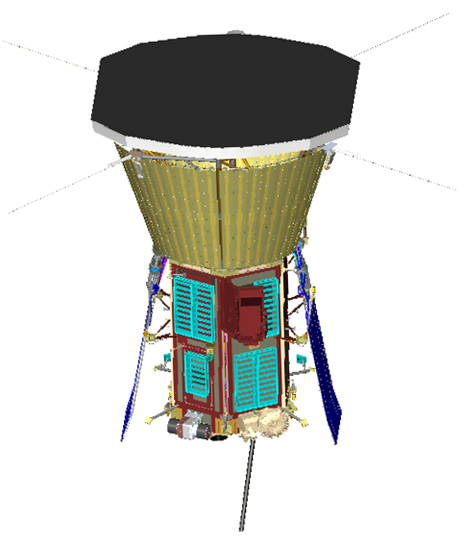The efficiency of photovoltaic cells is surprisingly strong function of junction temperature. Hotter usually means lower efficiency. If one searches for example for images and sites tagged with "floatovoltaics" it's clear that some effort is being made to use water to cool the junctions to maintain efficiency under maxiumum solar incident flux. I think it's because the higher temperature allows more random recombination within the junction, before the charge can be collected. Any incident solar radiation that is not converted to electrical power (i.e. most of it) will heat the cells.
Are photovoltaics in spacecraft just 'hanging there' at whatever equilibrium temperature they happen to attain, or is the temperature sometimes actively controlled or at least limited in some way? Can they ever get too cold?
above: Image from Renewable Energy World which it credits to Far Niente, a Napa Valley winery.
above: Image from National Geographic which it credits to Kyocera, Inc.
above: Image from an article with many flotovoltaic photos in pv-magazine which it credits to New Jersey American Water
above: Image from an article *with many flotovoltaic photos in pv-magazine which it credits SGP Solar.





